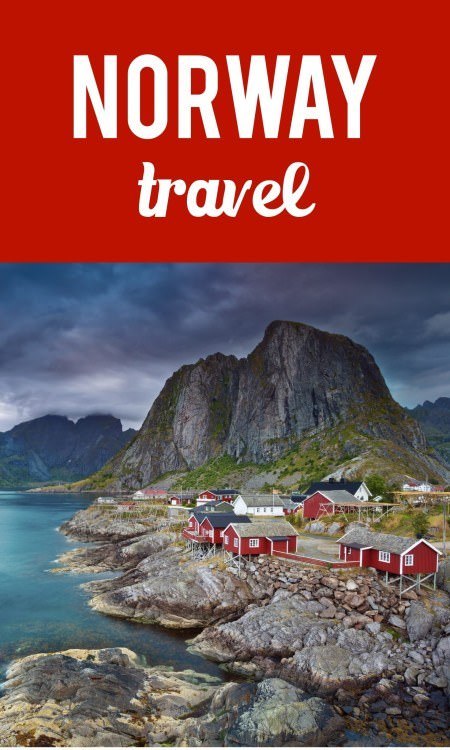
The land of the Midnight Sun and of the elusive Aurora Borealis (aka the Northern Lights) Norway is a nature-lover’s paradise. While the country isn’t exactly a budget destination, there’s no charge to enjoy nature. Courtesy of allemannsretten (right of access), you can also camp for free.
Norway is part of Scandinavia and of the Nordic countries (Scandinavia, Finland and Iceland). Norway has a long rugged coastline, while mountains, glaciers, forests, lakes, rivers and valleys dominate much of the interior.
Distances are long within the country – in fact, Oslo to Kirkenes is about the same distance as Oslo to Rome. About halfway up, around Bodø, you’ll cross the Arctic Circle. And if that’s not far enough north, continue to Svalbard. At 79 degrees north, you can’t get much closer to the North Pole without actually being there.
Summer nights are long and light. In the north, the sun’s up 24/7, and even in the south, the sun sets only for a few hours during the night. Winter nights are equally long and dark. For a few months, it’s dark when you leave for work or school in the morning and dark again when you go home. However, that doesn’t mean Norwegians necessarily prefer summer. Winter is the favourite season for many, and Norwegians are said to be born with skis on their feet. Cross-country skiing is hugely popular (and has been since the Viking era) and it involves pretty much everyone. Die-hard skiers get out their roller skis – or practice down-hill skiing (often bikini-clad) – during summer.
Bergen
On the west coast, Bergen is the second-largest city in the country and is almost 1000 years old. It is the starting point for Hurtigruten (Coastal Express), as well as the gateway to the fjords.
Bergen was named European City of Culture in 2000 and the residents of this pretty Hanseatic merchant city are justifiably proud of their home town. A stroll along UNESCO-listed Bryggen Wharf, sampling yummy fish cakes at the lively fish market, exploring shops and cafes in colourful, wooden houses along narrow cobbled streets are just a few of the many things Bergen has on offer.
Bergen is surrounded by seven mountains, many of them easily accessible from the city centre. Try Fløibanen, the funicular railway up to Mount Fløyen or Ulriksbanen cable car to Mount Ulrikken for some spectacular views and excellent hiking.
Getting to and from Norway
The main entry to Norway is through Oslo airport (OSL), but you can also arrive by boat, train, bus or car from Denmark, Germany or Sweden. In the north, there are international bus routes to and from Finland and Russia. Many cruise ships stop in Oslo, Trondheim, Bergen and the Western fjords.
Local air carriers include the budget airline Norwegian Air Shuttle, as well as the venerable old Scandinavian Airlines System (SAS), a member of Star Alliance. Local carrier Widerøe flies to Norway from Copenhagen and Amsterdam using small Dash-8 aircrafts. Ryanair flies dirt-cheap from various European cities to Torp and Rygge. They have the audacity to call both Oslo, although they are one to two hours from the capital. That said, both airports have good connections by train and/or bus to Oslo.
The high-speed and eco-friendly Airport Express train takes only 19 minutes between Oslo airport and the city centre.
Train and roads for car and coach pass into Norway from Sweden at several border crossings. Cruise ships often make stops in Oslo and along the fjords.
Norway travel resources
Book accommodation in Norway and travel insurance for Norway through us — we love it when you do that!
Check out our Scandinavia podcast or browse the articles below.
This page by Anne-Sophie Redisch.
No posts
